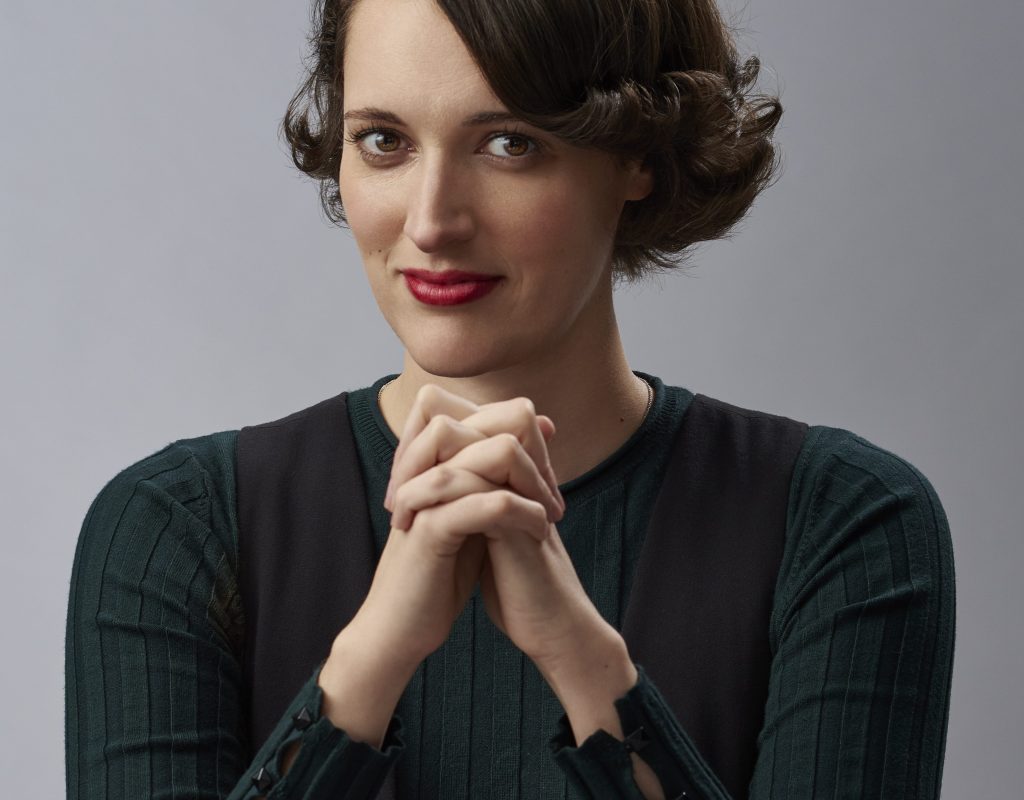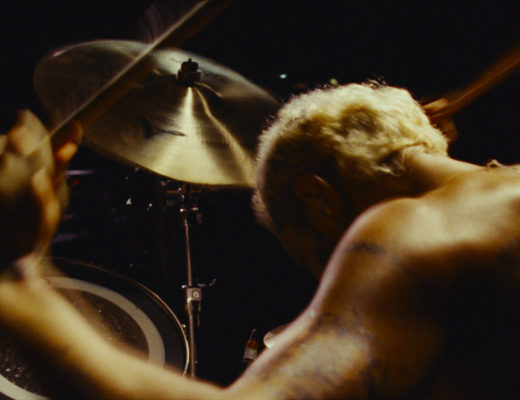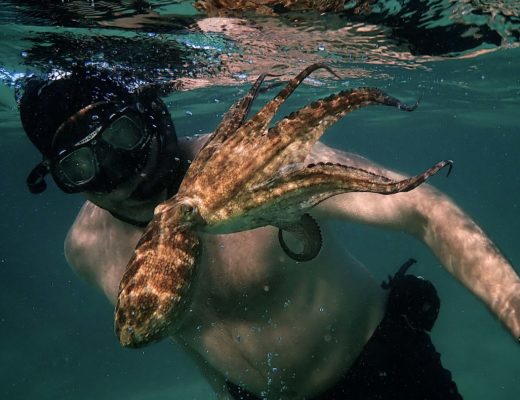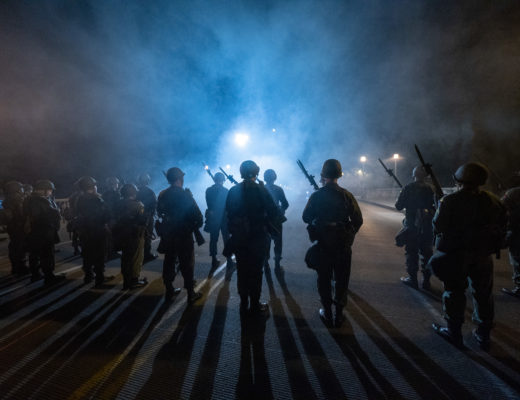Gary Dollner, ACE, is an award-winning editor with BAFTA nominations for In the Thick of It (2005), and Fleabag (2017), an ACE EDDIE nomination for VEEP (2012), an Emmy win for Fleabag (2019), and an ACE EDDIE win for Killing Eve. (2019).
(This interview was transcribed with SpeedScriber. Thanks to Martin Baker at Digital Heaven)
HULLFISH: Looks like you’ve got a background in comedy. How did that turn into a career path?
DOLLNER: I’ve pretty much done a lot of comedy in the last 20 odd years now. My big break came just over 20 years ago when I got the gig for a show called Brass Eye (1997) — written and starring the mighty Chris Morris. I knew the director — who I had worked with before — and he wanted me to come on board and it was a groundbreaking piece of comedy and it sort of has cult status now.
https://www.youtube.com/watch?v=j7Qk6Q5ASyk
I just learned so much. Chris taught me so many things during the edit. We did edit for quite a long time. From there I managed to have a run of some really great British comedy shows.
HULLFISH: You said you learned a lot from Chris Morris. What are some of those things about comedy editing that you learned?
DOLLNER: The thing about Chris was that he had a background in radio. This is going back in 1996 and he used to cut a lot of the interviews himself doing a radio edit and then we would get at transposed and then I would put the pictures on top. For example, we were aping in one sketch, 1970s news footage and he said: “Just cut the end of the word off.” And I said, “What do you mean cut the end of the word?” He said, “Just make it a bad edit.” I said, “Why?” He said, “Well, they used to shoot on film in those days in the early 70s and when news packages would be put together they would be in such a hurry that often they would clip the end of words. It will give it validity.”
I think that element of truth just has to run through good comedy because I think if you don’t believe in it then everything falls down — even though you are trying to generate humor.
HULLFISH: It’s so true. You need the truth to make the comedy work. The funny stuff only works if there is truth to it.
DOLLNER: Absolutely. Because I think as long as you suspend belief, the minute that veil comes down then everything else collapses. It’s so key.
HULLFISH: One of the main features of Fleabag is that you break the fourth wall and a lot of stuff is delivered to camera. Is there a special rhythm that you have to have to get in and out of those fourth wall moments?
https://www.youtube.com/watch?v=aX2ViKQFL_k
DOLLNER: What tends to happen is you cut individual scenes as they’re shooting and she’s (Phoebe Waller-Bridge) so adept and so brilliant at doing those looks. In an individual scene, you say, “I like that one” and then she’ll do another. And you say, “Oh, I like that one too.” Then I’ll put it together and I’ll have put in too many really. So then, once you’ve cut the scene and watched it back and you have to maybe take two or three out.
The next level in that dynamic is that once you have an assembly of an episode and you stitched all the scenes together, you then watch it back and then you realize you put in way too many because they’re so good and they make you laugh, but what might feel okay in a scene — if you then run it 30 minutes long — you realize that the emphasis is over. It’s too heavy on the looks. Like most things, you then go through a process where the strongest ones, the ones that really hit, they’re the ones that survive and you start pulling out the ones that perhaps aren’t quite as effective. Often, you have to take things out in order for the ones that are left to really land most effectively.
HULLFISH: Absolutely. And when you are doing the pass after just cutting the scenes together — when you’re looking at the entire episode as a whole — are you doing that with the director or are you realizing those things on your own before the director comes in or before the showrunner comes in?
DOLLNER: The budget wasn’t enormous on Fleabag. We were under quite tight time constraints. Once I stitched the episode together, I’d always want at least half a day or even a day just to go through and make sure the junctions are working, when you stitch two scenes together. When you’re cutting that individual scene you might start in a wide shot but then you realize coming from a wide from the previous scene. As in any show or any film you have to start looking at the way scenes crash into the next one. So you’ve got to tidy up all those junctions. And you just want to make sure that it’s in a fit state before you show the director.
HULLFISH: Does it work the same way at the BBC or with editing in the U.K. as it does in the US where the director is just kind of a hired gun and then a showrunner is the one that is actually in charge or is it different?
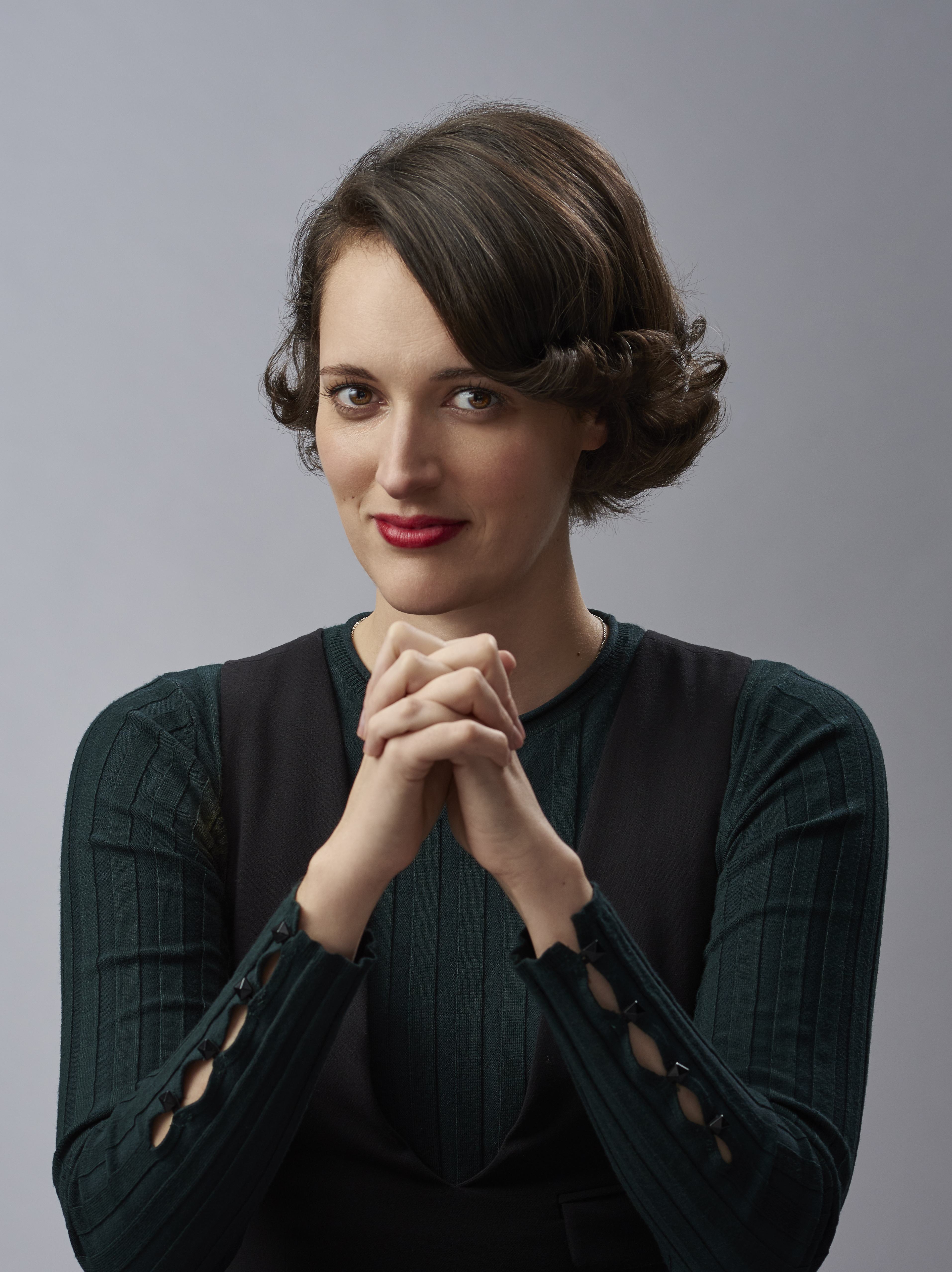
DOLLNER: It’s entirely different. Although in more recent years, the influence of the showrunner has increased and we definitely feel that presence and that hierarchy. But ordinarily on a project, you work with the director until picture lock and during viewings, you’ll have execs or showrunner come in and give you notes. Then they go away. They have fresh eyes on the project and then you beaver away and go through the notes and do another pass and then you have another screening. So that’s the traditional way. But in this instance, it was fantastic really because there was an alchemy that was happening in the edit room on season one with Harry (director Harry Bradbeer) and Phoebe and myself.
Once I finished a cut of an episode, Harry would come in and we’d then do a pass together and then Phoebe would come in and then three of us would work through until we locked it.
HULLFISH: You’ve done some U.S. comedy shows as well, like VEEP. Does it take some getting used to switch back and forth between the two systems or are they really not that much different for you?
DOLLNER: I’ve got a long working relationship with Armando Iannucci. In fact, I’m working on his new projects at the moment — an HBO comedy called Avenue 5. I’ve worked with him for 18 or so years now. So I’m quite used to the way he works.
And I think on VEEP it was reasonably successful in that I had a working relationship with the director in the cutting room and I would get a couple of weeks to work — more than the few days that are more traditional in the States on a TV show. We would do a director’s pass and we’d have a couple of weeks to do that and then send the cut to Armando and then he would feedback some notes and we’d do another pass on it. We’d be forever refining and he’d be doing that with the director and then ultimately he would take control as the showrunner and then we’d work together to picture lock.
HULLFISH: Back to Fleabag: it doesn’t seem like it to me, but is there a lot of improv or ad-libbing in that show?
DOLLNER: There’s not a lot. There was a scene in episode six where Martin (Brett Gelman) had a speech where he was basically pleading to Claire, his wife, not to leave him. It was extraordinary. Ordinarily, when I cut I’ll watch all the rushes first and then I used to make copious notes — handwritten notes — I’d go through reams of A4 books but I’ve changed my ways in more recent years. Now I’ll just watch a take, and if I like anything in there, I’ll just chuck it on a selects sequence and I’ll go through the whole process — through all the takes on the scene. It was a brilliant speech but I was really knocked out by the variety in which Brett had delivered the same speech.
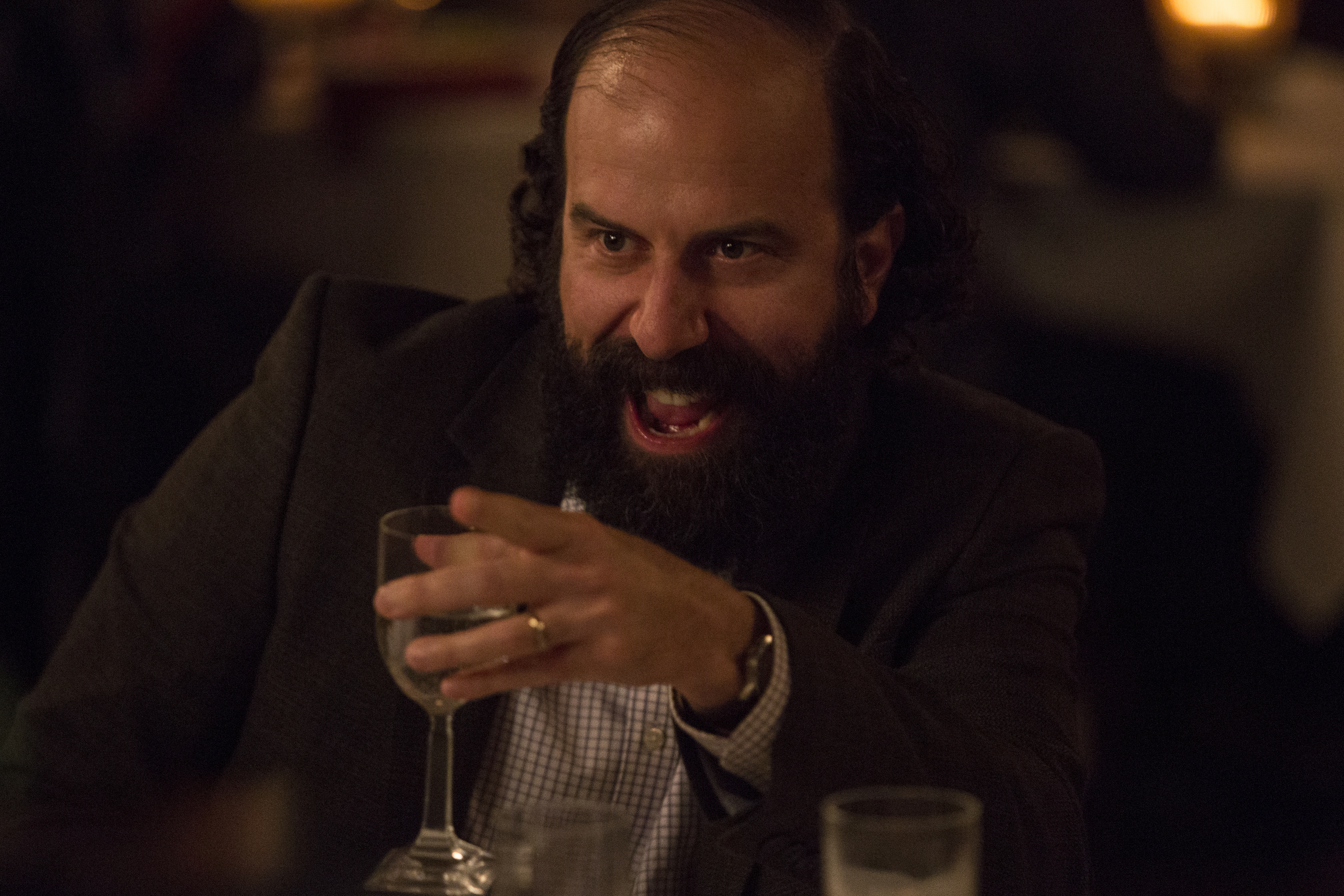 It was a masterclass in acting. I’m not a great fan of actors who give you metronomic performances every time. With my background in improvisational comedy cutting improvisational comedy shows, I’m really in tune with and appreciate comic actors, in particular, who improvise and who will give you something different every time. This is a real barnstorming emotional plea to his wife. He did it differently every single time. And he had peaks in one version whereas it was troughs in another. He did it quiet in one version and he went hot in another. I told him after we wrapped that that was one of the most difficult scenes to cut. It was a real challenge because when I look back at the selects reel, I could have played that speech in so many different ways. It was just an amazing piece of performance.
It was a masterclass in acting. I’m not a great fan of actors who give you metronomic performances every time. With my background in improvisational comedy cutting improvisational comedy shows, I’m really in tune with and appreciate comic actors, in particular, who improvise and who will give you something different every time. This is a real barnstorming emotional plea to his wife. He did it differently every single time. And he had peaks in one version whereas it was troughs in another. He did it quiet in one version and he went hot in another. I told him after we wrapped that that was one of the most difficult scenes to cut. It was a real challenge because when I look back at the selects reel, I could have played that speech in so many different ways. It was just an amazing piece of performance.
HULLFISH: And what was it that you felt guided you to the correct tone or temperature of that performance?
DOLLNER: I remember it taking longer than it should have. I suppose I just went on gut instinct and I had to re-watch performances over and over again to find the truth of his speech. Through the process that we all go through when we cut a scene, it came out. You might not like me for saying this but we were right at the very end of the editing and we were trying to lock episode six and what happened was that we had cut some of the lines of the speech.
Late one night, I think Phoebe said, “Something’s not right with this performance.” And I was getting a little bit frustrated because it was one of those moments when you’ve gone round-the-houses and I just said, “Okay well let’s watch the assembly version of it.” I remembered it being better than what we’d ended up with. So we watched it back and I just turned around and — with a great big smile — didn’t have to say anything, because I knew it was so much better the first time around than what we’d ended up doing to it. So we then reinstated the full version — and I think we made a few little tweaks — and that is what ended up in the cut.
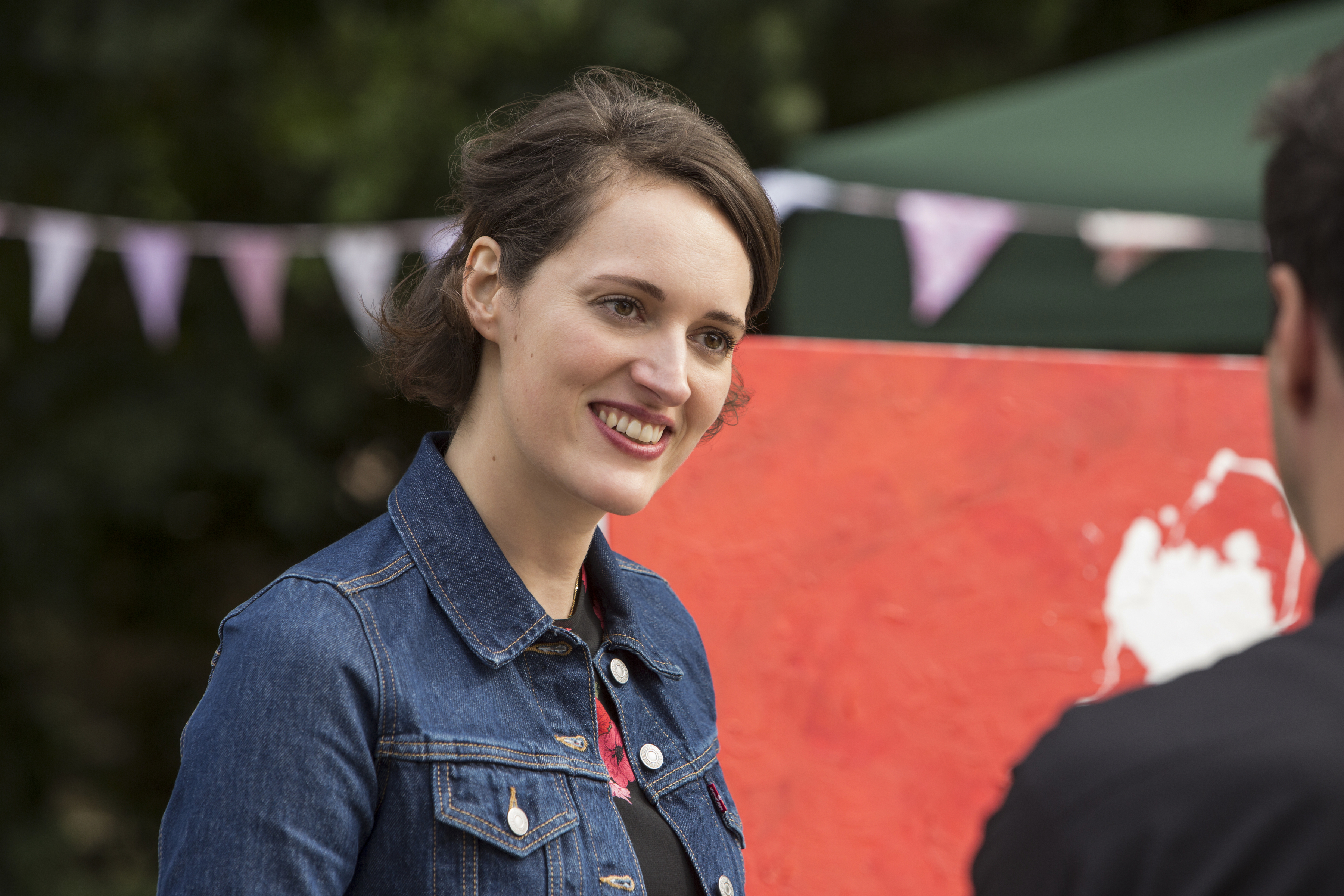 HULLFISH: I’ve done that a couple of times myself: “See! We did all that work and we’re back to what I cut at the beginning.” But sometimes you need to do that work in order to get back to the place to know that you haven’t missed anything.
HULLFISH: I’ve done that a couple of times myself: “See! We did all that work and we’re back to what I cut at the beginning.” But sometimes you need to do that work in order to get back to the place to know that you haven’t missed anything.
DOLLNER: Exactly! You’re right, Steve. In days gone by I remember being quite protective over my edit. Actually, I’m glad I’ve got over myself because I think the joy of the process is that there are so many different ways you can play scenes, especially in this given one where Brett is giving you so much variety and he’s giving you so many choices — all of which are equally brilliant. That’s making the decisions more and more tricky because you don’t know which way to go. But that’s a great challenge he set us. That’s what you have to do, and if you’ve got the time to do sometimes you have to go down editing cul de sacs in order to realize the right way.
HULLFISH: Absolutely. There are some great uncomfortable pauses — like long holds — that I just loved. That’s a typical thing in comedy, right? A long uncomfortable pause. I was thinking about a scene in her coffee shop and this guy sits down and starts plugging in all of his electronics. It just holds on him plugging in various devices.
DOLLNER: I remember that because we tinkered around with that for a while. I think the problem with those kinds of jokes — they’re often called incessant jokes — and you have to play it out for a certain amount of time in order to get the comedy moment that you’re looking for, but by doing so it can be quite boring. They’re quite tricky to get right. But when you do get them right they are brilliant.
The best one I’ve ever worked on was on a series called Alan Partridge and it’s quite a famous clip now because he had to get the attention of a guy called Dan and he’s shouting out, Dan! Dan! Dan! It’s one of those moments where it was all in the frame and I didn’t have to make any edit. So that’s a classic example of when not to edit. Let the thing play out.
https://www.youtube.com/watch?v=fOad90BvvjM
HULLFISH: Tell me a little bit about the time jumps that happen. For those that haven’t seen the series. There are a series of flashbacks of Fleabag’s girlfriend, Boo throughout season one.
DOLLNER: So flashbacks were stitched into the DNA of the show. That’s the thing that I’m probably most proud of, is season one. Because we had a rolling delivery which meant once we started introducing the flashbacks of Boo — the character — we would be getting into the stage of locking episode 3 and I’d turn around — and in a sort of slight panic — I’d say, I don’t know how many flashbacks to put in, because until we get to the end of episode six, we’re not going to know how to spread them out. Do we give away too much in episodes four and five and then we’ve got nothing left in six? We don’t want the audience to guess before it happens because that will kill the whole series.
At the same time we had such a tight turnaround and because of the rolling delivery, we had to lock as we were going. So a lot of placing the flashbacks was guesswork, really.
HULLFISH: I’m interested that you said that you changed your approach. From taking notes to doing selects. Was that a scary thing to change your methodology or freeing or you figured you’d try it once again it stuck?
DOLLNER: I think I just tried it a couple of years ago and then found it quite liberating in a way because often what I would do is: I would stop a take at midpoint because there were so many notes and I’d write keywords that would trigger a memory and then I would go through all of my notes and I would put the scene together according to the notes. But actually I realized that I’d already been editing in my head when I watched rushes.
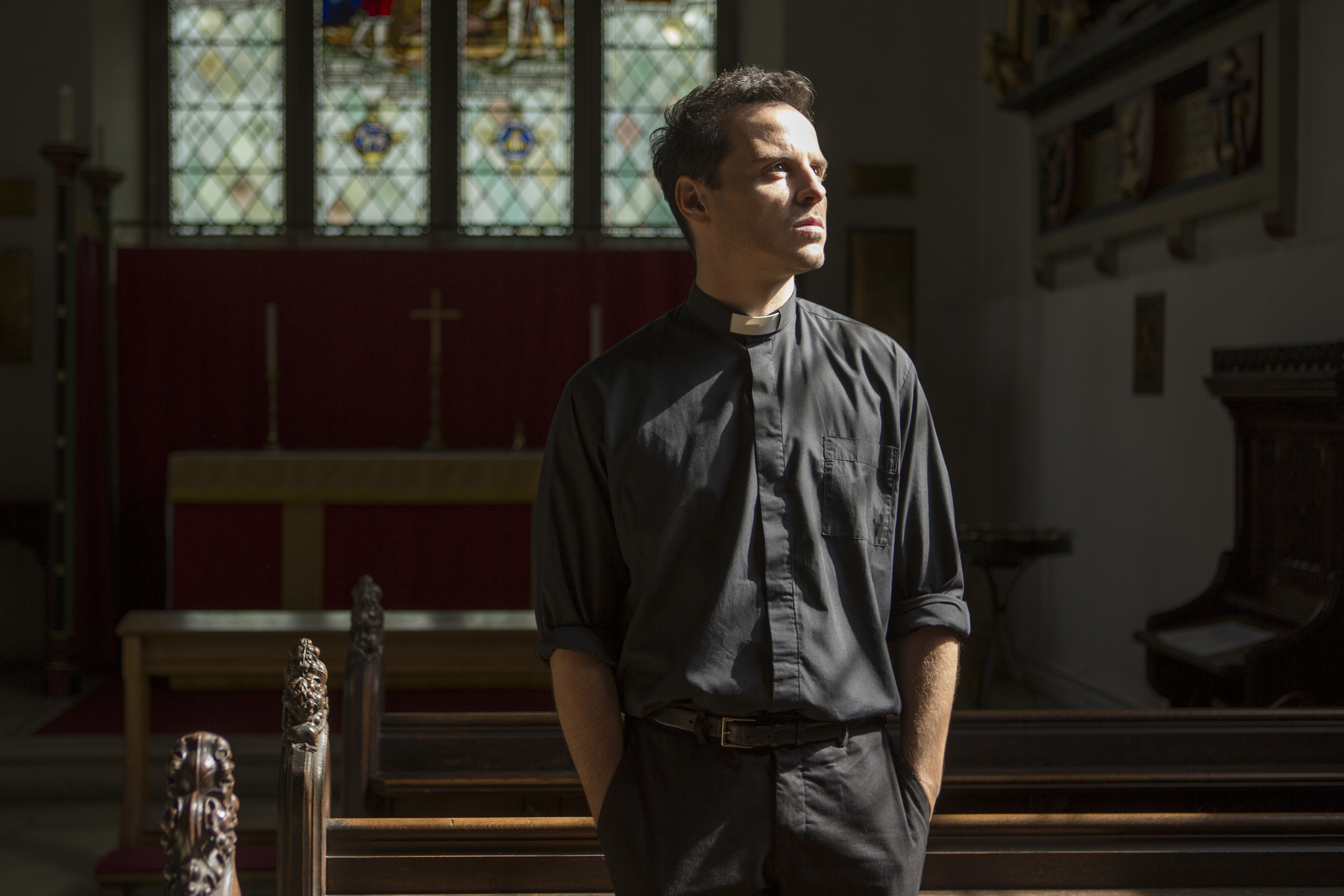 For example, there are certain lines when you watch the wide shot — which ordinarily is the first setup a director would shoot — and there might be three takes on the wide, and I’d feel like there’s only certain lines that we’re ever going to use on that wide shot, so you would quite quickly get to know what is worth taking from that wide shot or not in the select reel. So then you move through the different setups and you edit in your head as you’re watching. I’d say, Oh, that’s a great performance. I’m not sure I like that angle, but I’m going to put it in the selects reel anyway. And then you come into the angle that you really want in your mind for that line to be played on and then you chuck that in the timeline roughly in the same area, so you’re not quite doing a line string, but it’s sort of like a half line string, half selects reel. So I try to drop the new takes roughly in order of the dialogue.
For example, there are certain lines when you watch the wide shot — which ordinarily is the first setup a director would shoot — and there might be three takes on the wide, and I’d feel like there’s only certain lines that we’re ever going to use on that wide shot, so you would quite quickly get to know what is worth taking from that wide shot or not in the select reel. So then you move through the different setups and you edit in your head as you’re watching. I’d say, Oh, that’s a great performance. I’m not sure I like that angle, but I’m going to put it in the selects reel anyway. And then you come into the angle that you really want in your mind for that line to be played on and then you chuck that in the timeline roughly in the same area, so you’re not quite doing a line string, but it’s sort of like a half line string, half selects reel. So I try to drop the new takes roughly in order of the dialogue.
Then I found that once I got to that stage — for a four minute scene, you might have 12 or 15 minutes worth of stuff to look through — but you’ve already honed it down and in my mind, I already know roughly the rhythm of how I want to cut it. Then you can cut the scene quite quickly. In yeah.
HULLFISH: I’m a selects reel user myself. When I think of some of the scenes that I’ve gotten where the rushes could not just run 40 minutes — they could run hours — I can’t wrap my head around that. I need to cull it to 15 minutes. I can think about 15 minutes.
DOLLNER: Yeah. Yeah exactly. You’re whittling it down all the time. In effect, you’re actually editing already albeit you’re not constructing a scene in the sense of how it’s going to end up. But you’re editing material OUT and you’re keeping the bits that you like.
HULLFISH: Do you ever use those selects reels with your director if they’re not dialed in with you on a performance that you used?
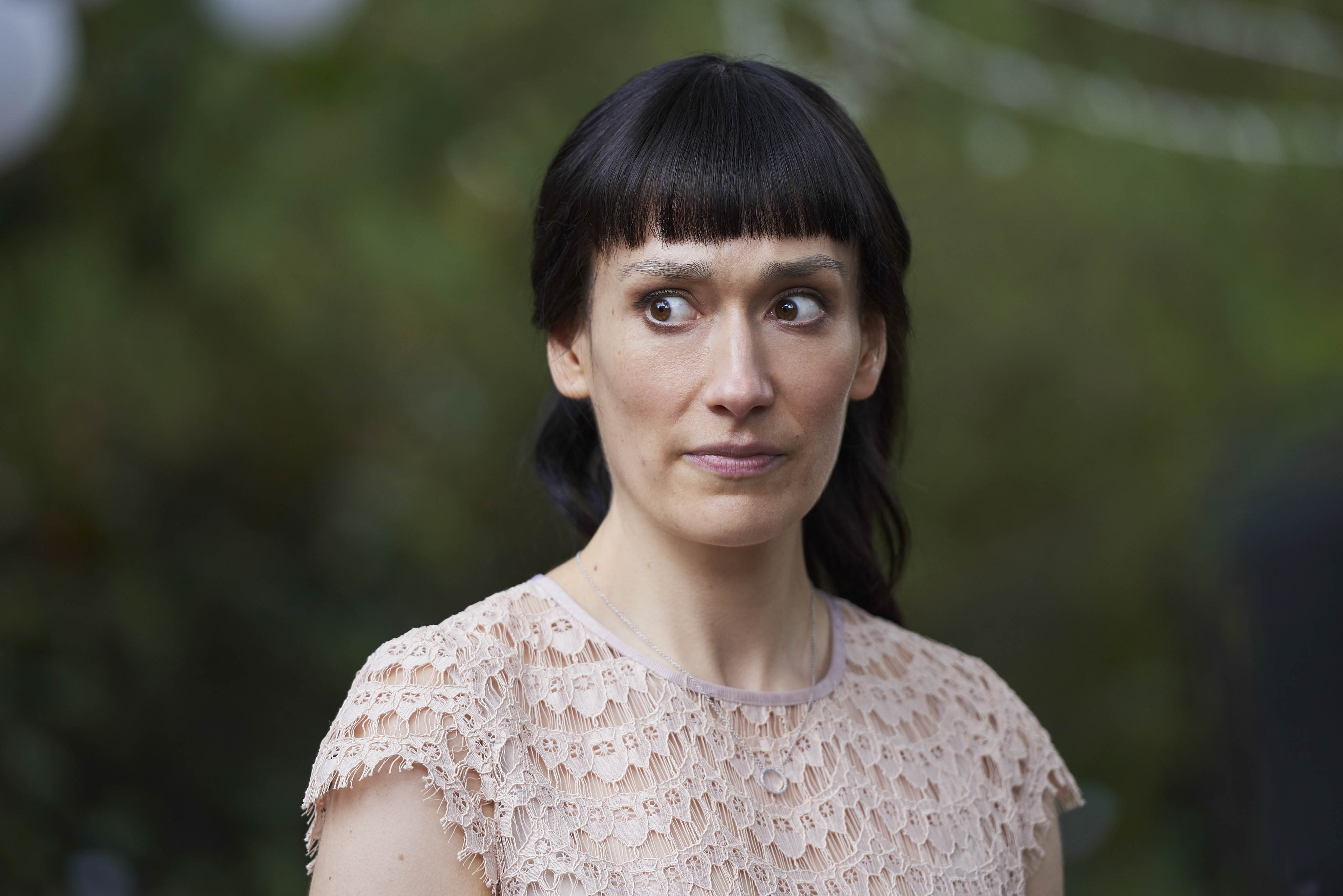 DOLLNER: Yeah sometimes. I’ll do that. Absolutely. Another trick I’ve been using for a few years is — in effect — a line string. I tried having my last assistant do line strings because I wasn’t really aware that assistants even offered up that sort of thing, or other editors made assistants do that. An assistant I had named Dan once told me that another editor used to make him do line strings, and I didn’t even know what that was, so I asked him to do one for me. So then he said, “I wish I hadn’t told you now!” The line strings are nice to have. But I felt a bit bad asking to do it really.
DOLLNER: Yeah sometimes. I’ll do that. Absolutely. Another trick I’ve been using for a few years is — in effect — a line string. I tried having my last assistant do line strings because I wasn’t really aware that assistants even offered up that sort of thing, or other editors made assistants do that. An assistant I had named Dan once told me that another editor used to make him do line strings, and I didn’t even know what that was, so I asked him to do one for me. So then he said, “I wish I hadn’t told you now!” The line strings are nice to have. But I felt a bit bad asking to do it really.
Another little trick: when I’m fine — cutting a scene with Harry and Phoebe and if there was a question about a particular performance of a line, someone would say, “Can we have a look at the alts?” and without a line string, it would take a couple of minutes just to find all the different versions of that line. I’d just chuck them all in the timeline and we’d watch all that back. I remember the first time I did that with Phoebe she really liked it. You’ve got, like, six options of that delivery and then we we’d compare them and have a discussion and then we’d decide on one.
HULLFISH: Do you do a lot of replacement of audio — placing another audio take under a different video performance?
DOLLNER: Yeah. I’ve done that for years. Often, if there’s a take where I really like the pictures that we’re looking at and there are lots going on on someone’s face in this particularly take, but there’s a word or a couple of words that aren’t quite right — or maybe they’re fluffed — I’m always replacing bits of words from another take and just popping that in. That’s a nice little thing to keep an eye on. It’s nice to get to a stage in the cut where you can think along those lines.
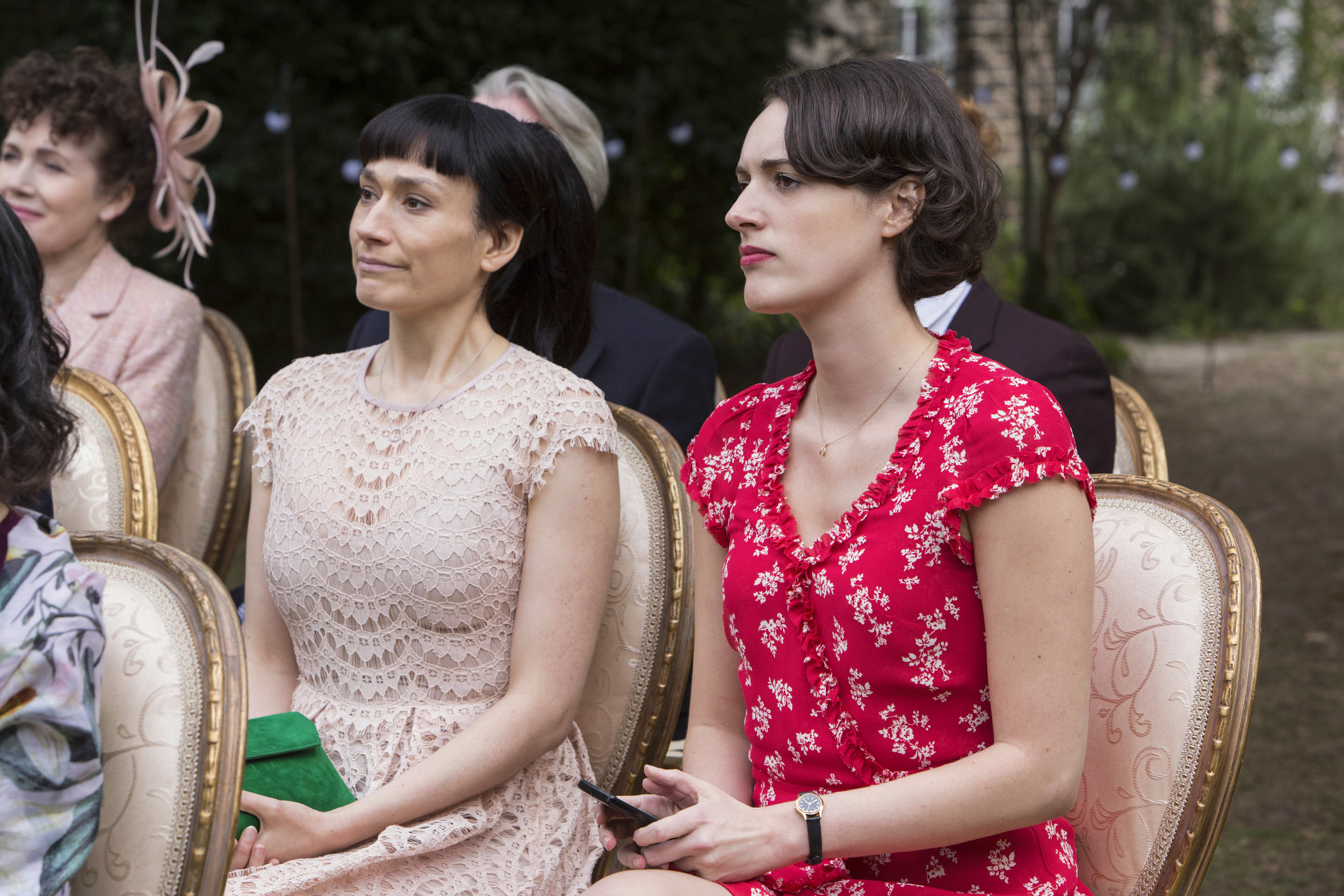 HULLFISH: You mentioned polishing transitions between scenes. I remember in season one I saw two pre-laps that I can think of. Is there a reason why you use a pre-lap of audio. The one I can remember was the two sisters are in the graveyard visiting their mom and coming out of that there’s a pre-lap to a phone call with her boyfriend while she’s looking at a dog.
HULLFISH: You mentioned polishing transitions between scenes. I remember in season one I saw two pre-laps that I can think of. Is there a reason why you use a pre-lap of audio. The one I can remember was the two sisters are in the graveyard visiting their mom and coming out of that there’s a pre-lap to a phone call with her boyfriend while she’s looking at a dog.
DOLLNER: I think it depends on the project you’re working on. Often it’s quite a neat device to use if you’re connecting a thought on someone’s face and you hear something that is connected to what they’re thinking about or the dialogue that they had just come from.
You can use it for comic effect as well to really punch home a certain gag. One of the things that we use quite a few times — and this is something I learned from Chris years ago — is some quite vicious hard audio cuts. I think this was actually scripted in episode 1 of Season 2 where we cut halfway through the word “lesbian” and we cut outside to Fleabag having a cigarette. Firstly, it’s getting a laugh because it’s an unexpected cut because at that point in the narrative, hopefully, the audience are completely immersed in the dialogue and you’re not expecting it. It’s working comically on that front but also the fact that she goes out to have a cigarette is because she’s so desperate to get away from the people she’s sitting in this claustrophobic room with. It’s doing two things at the same time and hopefully getting a laugh.
HULLFISH: There are definitely some very hard cuts with dialogue and music. There were a few places as well with hard cuts of music that was at the forefront.
 DOLLNER: Yeah. Often in comedies, you’re doing it to punch in on a joke. So much of editing is the craft of being completely seamless and we’re all taught that we have to hide the edits. You’ve got to make it seem seamless. It’s got to be smooth. You must not have any bumps. And actually it’s kind of nice to be counter-intuitive and do the exact opposite, and wrench the audience out of the narrative. Especially in comedy, it’s a key trick to use to hopefully make something funny or funnier than it is.
DOLLNER: Yeah. Often in comedies, you’re doing it to punch in on a joke. So much of editing is the craft of being completely seamless and we’re all taught that we have to hide the edits. You’ve got to make it seem seamless. It’s got to be smooth. You must not have any bumps. And actually it’s kind of nice to be counter-intuitive and do the exact opposite, and wrench the audience out of the narrative. Especially in comedy, it’s a key trick to use to hopefully make something funny or funnier than it is.
HULLFISH: Visually there’s a great sequence in season one where her boyfriend’s asking her to take pictures of herself and it’s jump cuts.
DOLLNER: I find it very liberating, as an editor, to not be a slave to continuity because often it can serve as being quite a dramatic way of going from one moment to another. It can allude to quite an obvious time jump if that’s what you want the audience to feel. And the other things is, if you are trying to cut down the duration of a sequence and you’ve already got that in your cutting style, it helps on a very practical side as well.
HULLFISH: You talk about Phoebe being in the edit. Tell me a little bit about that relationship. I would think it would be very hard for an actress or actor to be in the edit and not be too precious about their performances.
DOLLNER: I feel completely lucky to be sitting in a room with Pheobe for three months because she’s such fun to be with. I learned very, very quickly that in addition to being a brilliant writer and a fantastic performer, one of the things I really appreciated is that she’s not precious in any way at all. In fact, sometimes Harry and I would have to bring her back from being too hard on herself. A few times we’d have to gang up on her and say, “No, you’re wrong. It needs to stay in because it’s great.” She’s got a laser-like sense of editorial judgment.
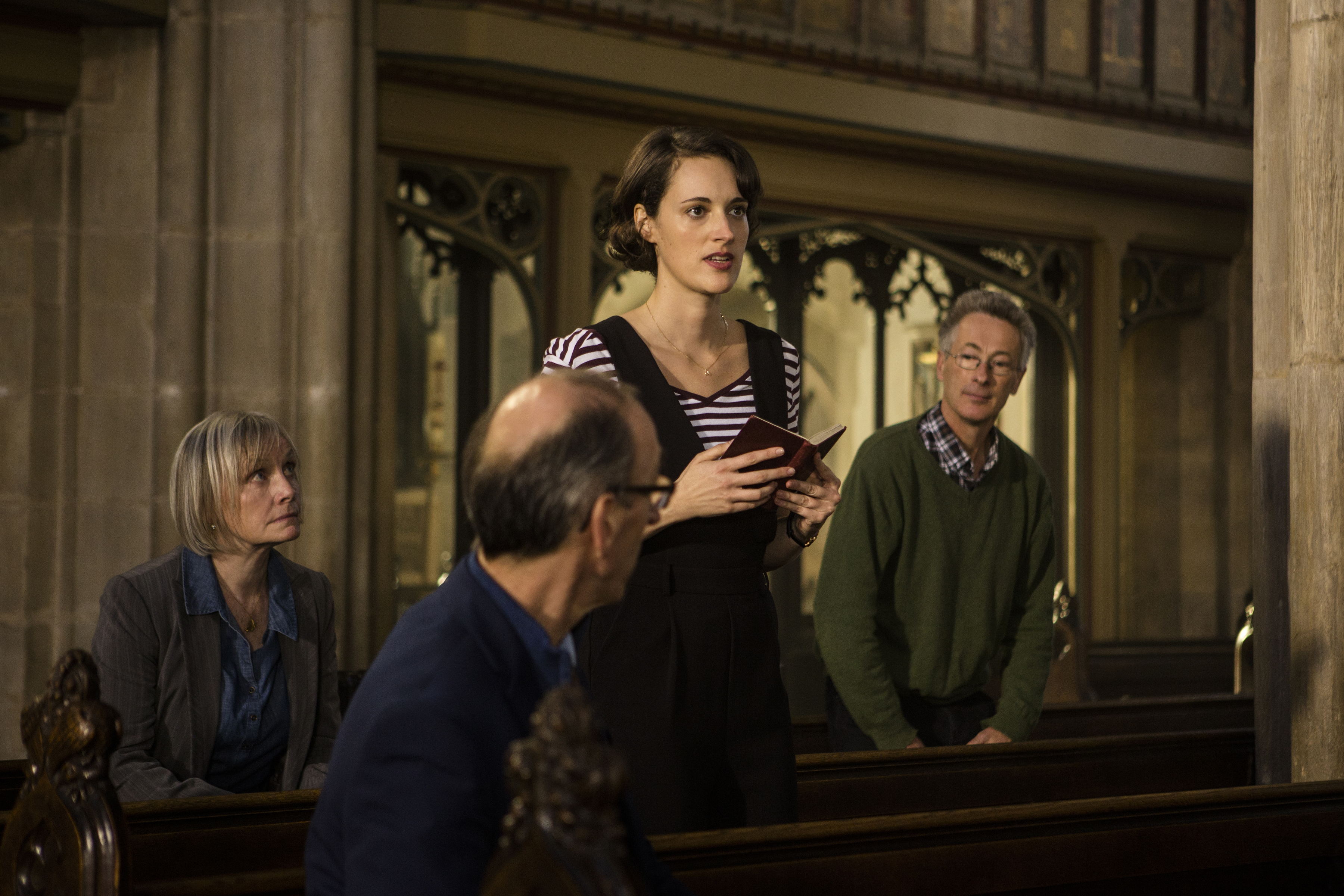 In season two, for example, there were a couple of rewrites and a couple of reshoots and that was all being driven by her sense of something being not quite right.
In season two, for example, there were a couple of rewrites and a couple of reshoots and that was all being driven by her sense of something being not quite right.
HULLFISH: Tell me a little bit about the process that you go through. When you start getting more collaborative discussions going on, do you have to distance yourself from the idea that criticism of your work doesn’t mean that it was bad and that it’s really about collaborative input with different viewpoints?
DOLLNER: We all know that cutting rooms are often quite confined spaces and you have to have a certain skill-set to sit in a room with someone for quite a long time. But when you find a family of people that you click with, I think that’s quite rare and probably way a lot of editors and work again together, because you develop a shorthand in terms of your way of working.
I always find that the most creative part of the process because sometimes editing can be quite a solitary pursuit and it’s nice to talk to people and I think that’s where the more subtle changes take place but often they’re the ones that have the greatest impact on the cut. Because you’re getting down really close and you’re doing all that nuanced work that is really going to make the difference in the cut.
HULLFISH: I love that social idea that one of the reasons why these people that work with you like you so much is not so much just for your skill level but for how you are to get along with in this confined little room.
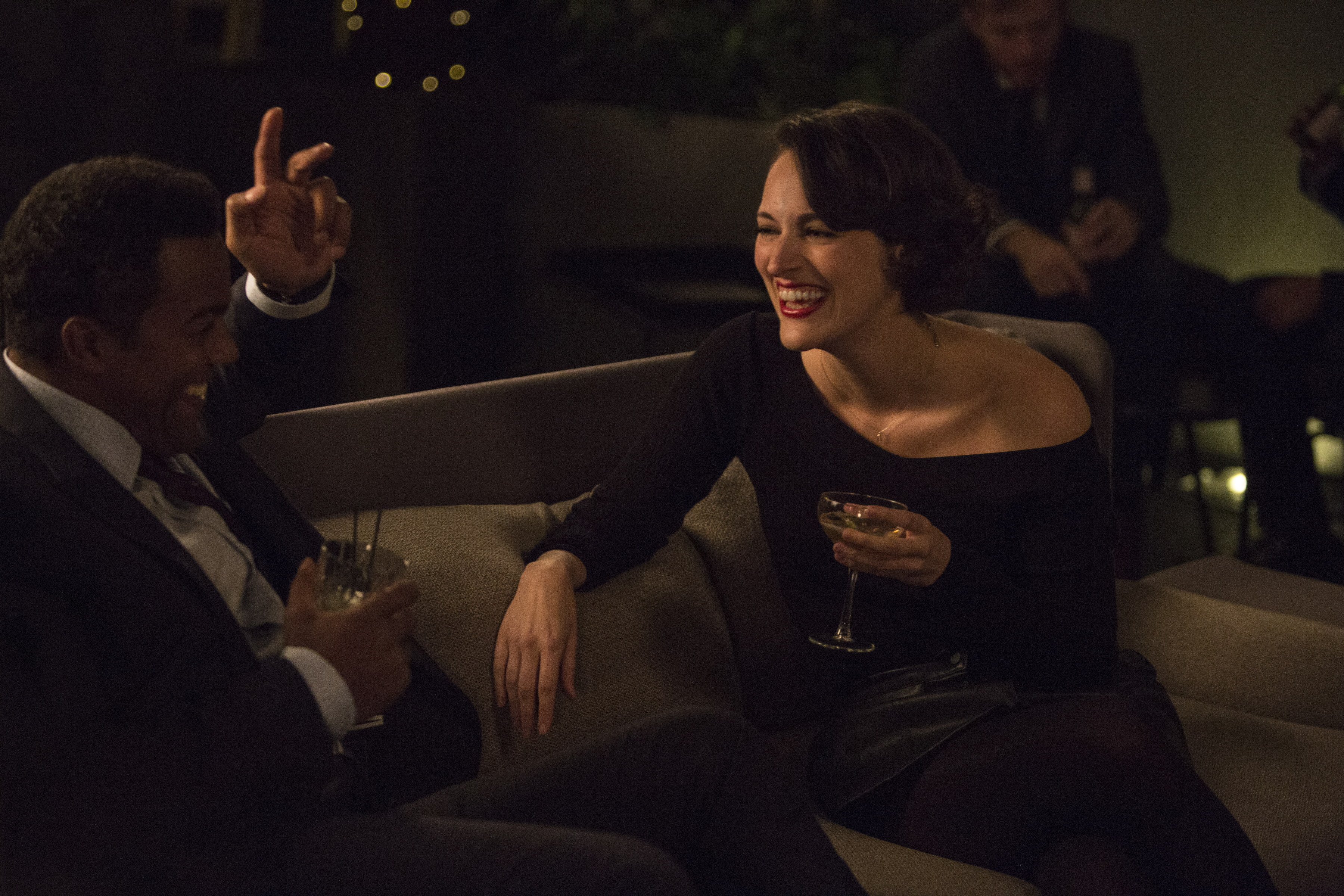 DOLLNER: That’s definitely part of the role of the editor. There are a lot of strings to your bow, but the thing that is least important is the technical bit of pressing in the buttons. Anyone can do that.
DOLLNER: That’s definitely part of the role of the editor. There are a lot of strings to your bow, but the thing that is least important is the technical bit of pressing in the buttons. Anyone can do that.
It’s the emotion that you read into a situation and your interpretation of performance. And, like you say. being able to get on with someone.
On the first episode of Fleabag, Phoebe had this idea where she wanted to take out all of her looks to camera for the first 20 minutes — I think that was where the punch was — and we spent two days taking out all of the looks and trying to repair all the holes that we were left with. And I remember thinking, “You’re mad! This is just not going to work,” but the three of us sat in there did it all. And then the showed it to the producers and they said, What have you done? We miss Fleabag looking back at the audience. We like being complicit with her.
That was a classic editing cul de sac that we had to go through and try out in order to find the rhythm and the tone of the opening episode because there was so much resting on that opening episode. And it was all confined essentially to one location as well.
HULLFISH: Tell me a little bit about Killing Eve. Is that producers you’d worked with before or how did you make that connection to work on that show?
DOLLNER: For quite a few years I’ve been trying to do bigger form projects — moving into more dramatic projects and I always get the same interviews. They don’t think I can do drama, and I try to convince them. What happens is: you’ve been working on top comedy shows for 20 years and you get pigeonholed.
But fortunately, Phoebe was the writer on Killing Eve and she was keen that Harry direct the opening block and they both wanted me to cut it, so I had to convince the execs that I could do it.
I’m really proud of that work because that was a big, big break for me because people were seeing me purely as a comedy editor. Actually, I think comedy is probably more difficult to cut than straight drama because you have to hit all the same beats that you hit in a drama, but you’ve got to make it funny as well.
One of the things that I really loved about the script for Killing Eve was that — although there were lots of dramatic story beats going on in the script — the thing that really appealed to me was that there was this great thread of humor running way through it. That was a treat to do.
HULLFISH: Did you edit that in London or were you in L.A?
DOLLNER: I cut that in London. They were shooting around the world — Italy and Paris and all sorts of places — but I was based in London cutting that.
HULLFISH: I’ve talked to a bunch of people that cut in London and so many of them seem to cut at Molinare or these other boutiquey places.
DOLLNER: Yeah. That’s where I cut Killing Eve.
HULLFISH: And where did you cut Fleabag?
DOLLNER: At a place called The Look, which is a smaller grading house, but they’ve got some cutting rooms there as well. They graded the first and second seasons and we cut there. It was a nice intimate feel about the cutting rooms there and it was very central, so it’s very easy to get to.
HULLFISH: I spoke to the editors of The Crown and they said that they appreciated the fact that there are other editors around from other shows and you can kind of get out of your cubbyhole every once in a while and talk to somebody.
DOLLNER: As you know, it’s often quite a solitary job, isn’t it? Sometimes it feels as though you’re chained to the room for hours on end, so it’s nice if you do bump into people.
HULLFISH: I think it’s very interesting that you said that the director and the writer both wanted you to edit Killing Eve, but then you still had to convince somebody beyond that? That seems crazy to me.
DOLLNER: It was crazy to me as well. Everybody gets pigeonholed. I hadn’t worked with that company before and perhaps they needed convincing. But I won the ACE Eddie for that episode, so I think I did alright on it.
HULLFISH: Congratulations. That’s fantastic. When was that?
DOLLNER: I cut episodes 1 and 2 from the first season.
HULLFISH: We’ve talked about your social skills and your technical and artistic skills making you a valuable member of the team. Is there anything else?
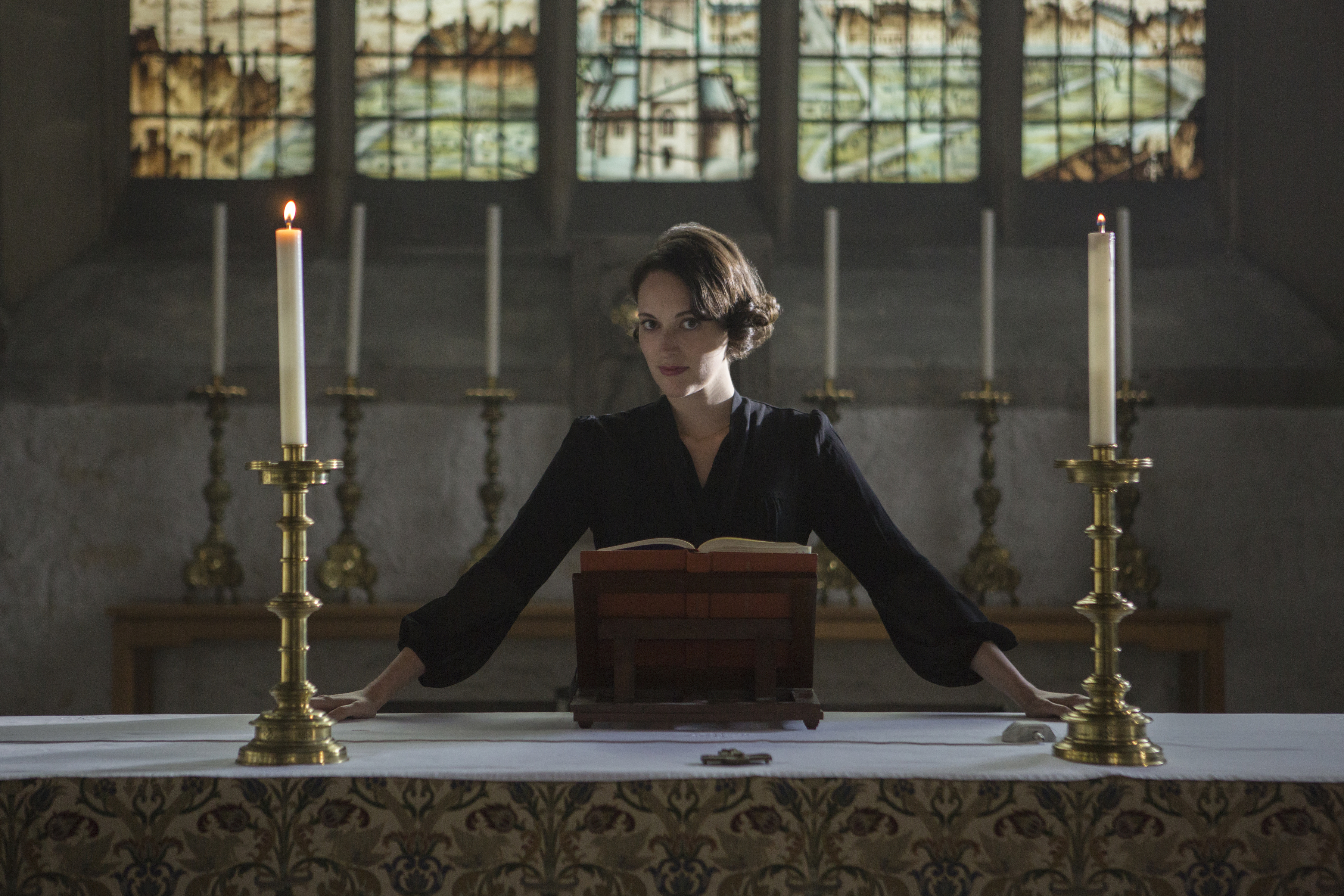 DOLLNER: You were talking before about rewriting in the cutting room and that’s certainly something that Phoebe really appreciates. She’s been very kind to call me another writer of the show. I think that’s what happens on a lot of films and shows, is that you have the script and you have editing notes and you put it all together, but it takes on a life of its own because the actors are breathing life into those words. And the dynamic changes again. The schooling of cutting a lot of comedy and especially the sort of improvisational comedy I’ve worked on has meant that I’ve never been afraid of moving scenes around or rearranging a sequence. When I mentioned about pulling out all of the looks of Fleabag I thought, “Well, this is something we should try and let’s just do it” because that’s what you do. You can always put it back again.
DOLLNER: You were talking before about rewriting in the cutting room and that’s certainly something that Phoebe really appreciates. She’s been very kind to call me another writer of the show. I think that’s what happens on a lot of films and shows, is that you have the script and you have editing notes and you put it all together, but it takes on a life of its own because the actors are breathing life into those words. And the dynamic changes again. The schooling of cutting a lot of comedy and especially the sort of improvisational comedy I’ve worked on has meant that I’ve never been afraid of moving scenes around or rearranging a sequence. When I mentioned about pulling out all of the looks of Fleabag I thought, “Well, this is something we should try and let’s just do it” because that’s what you do. You can always put it back again.
That’s the joy of working on an Avid or a non-linear system, is that as long as you have the time to do it you can try all these things. That’s the fun of the process that you’re involved in.
HULLFISH: Do you do any other rewriting or offering of suggestions beyond rearranging things or removing things? Do you mention, What if we ADR this?
DOLLNER: What happens in a scene if some lines are cut is that you sometimes can naturally join one section of scene to another and it’s seamless, and other times you might want to think of a line if there’s a beat that’s missing as a consequence of that, you might want to put in some ADR and maybe get a joke in as well as making a plot point or a logic point. It’s always good to chuck in suggestions, They’re not always taken up, obviously, but it’s good to do. That’s part of the fun, isn’t it?
At that point, you’re so immersed in the story that you feel like you’re in the head of those characters.
HULLFISH: As long as you’re in the room with other people that just care about the story, then you’re open to saying almost anything because then the best ideas will come out.
DOLLNER: I think so. Also, there’s a responsibility on the editor to tell the director or the writer or the showrunner or whoever it may be — To say if you don’t like something or you think that’s wrong or that their idea is not working as well as this idea or that idea. Or you made a change but you think that that change is not as good as it was beforehand. You can have awkward moments and you can hear a pin drop because you challenged the director over a certain point, but if you feel strongly about it I think you should voice it. You’re not being difficult. You just believe in what you’re advocating. And it’s because you care about something and you care so strongly that you argue the point to make it. Hopefully, if you do it in the right way, all it is is an indicator that you care about the show or film.
HULLFISH: It shows your passion.
DOLLNER: Absolutely. You get to a stage where if you haven’t got the passion for that project you really probably shouldn’t be on it and you’re not the right person to be doing it. It takes up so much of your energy and time that you’ve got to feel passion for it otherwise you can’t do your job properly.
HULLFISH: When you’re working with the same people over and over again, it’s a little easier to make those kinds of difficult suggestions when you know those people a little better than it is with a new director or a new producer.
DOLLNER: Yeah of course. We’ve all been in situations where perhaps you’ve been in the room with a less experienced director and you tried to say something or they’ve suggested something and you just KNOW that it’s not the right way of doing it. Then it comes back to your negotiating skills, doesn’t it? And that can be dictated by what kind of mood you’re in that day.
HULLFISH: Very, very true. Thank you so much for joining me. It’s been a pleasure.
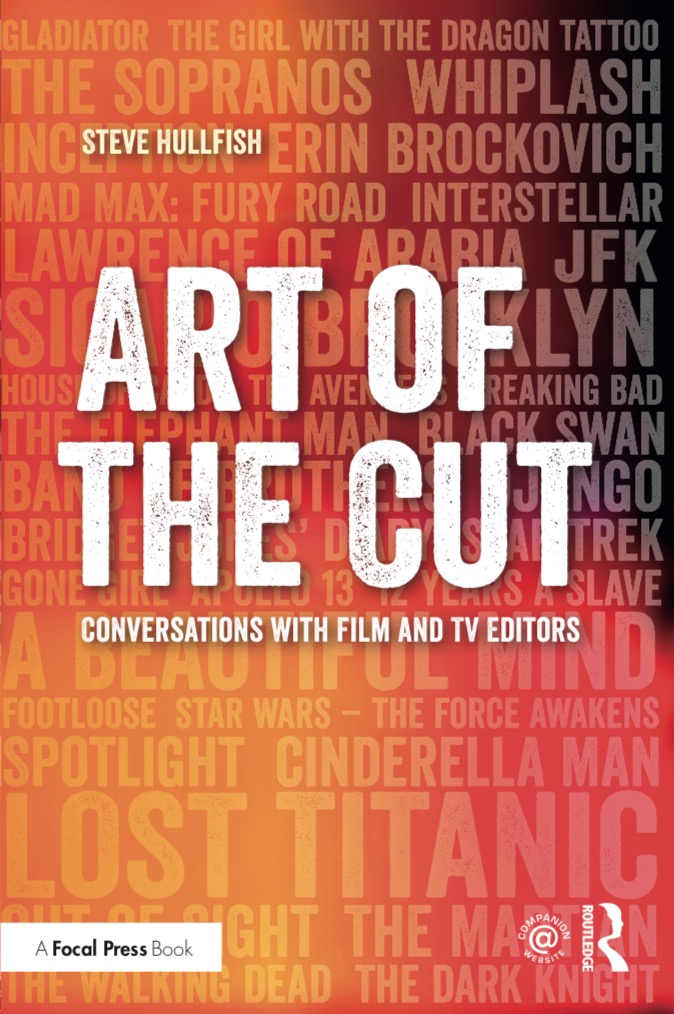
DOLLNER: Thanks, Steve. Bye.
To read more interviews in the Art of the Cut series, check out THIS LINK and follow me on Twitter @stevehullfish
The first 50 interviews in the series provided the material for the book, “Art of the Cut: Conversations with Film and TV Editors.” This is a unique book that breaks down interviews with many of the world’s best editors and organizes it into a virtual roundtable discussion centering on the topics editors care about. It is a powerful tool for experienced and aspiring editors alike. Cinemontage and CinemaEditor magazine both gave it rave reviews. No other book provides the breadth of opinion and experience. Combined, the editors featured in the book have edited for over 1,000 years on many of the most iconic, critically acclaimed and biggest box office hits in the history of cinema.

Filmtools
Filmmakers go-to destination for pre-production, production & post production equipment!
Shop Now